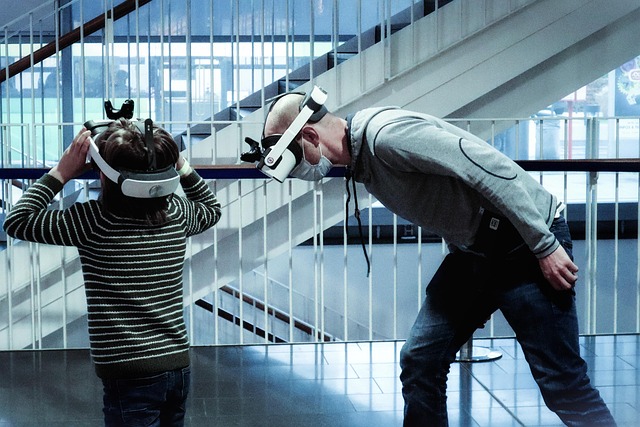
Exploring Visual Narratives in Software: A Journey through Virtual Reality, Augmented Reality, and the Metaverse
In today’s dynamic technological landscape, the way we tell stories is undergoing a transformation like never before. The intersection of software development and visual narratives is particularly evident in the realms of Virtual Reality (VR), Augmented Reality (AR), and the Metaverse. These innovations not only enhance our understanding of visual narratives but also allow us to engage in storytelling experiences that are more immersive and interactive.
Virtual Reality creates an entire world of possibilities, where users can step into a story and interact with characters and environments in a way that was once the stuff of dreams. Think about it: instead of simply reading about a distant planet or watching a movie about an epic battle, you can be transported there yourself. As a software developer, crafting a visual narrative in VR means designing intuitive environments and character arcs that resonate with an audience on a much deeper level. It’s an artistic endeavor blended with cutting-edge technology, and it has the potential to evoke genuine emotional responses.
In parallel, Augmented Reality takes our real-world experiences and enriches them with digital overlays, creating a unique blend of the actual and the imagined. Imagine walking down the street and using AR to see historical events play out in front of your eyes, or using an app that transforms mundane shopping lists into interactive guides for discovering new flavors in the grocery store. Here, the visual narrative weaves through reality, blending information, entertainment, and interaction. This form of storytelling encourages developers to think about how visual elements enhance user engagement and promote deeper connections to narratives.
The Metaverse, a term that has gained traction in recent years, represents an expansive, interconnected virtual universe where the boundaries of creativity are virtually limitless. Within the Metaverse, visual narratives can evolve into community-driven experiences where users not only partake in stories but contribute to them as well. Imagine a digital universe where users collaborate to create vast worlds filled with their narratives—transforming the traditional spectator role into active participation. Here, every avatar has the potential to be a storyteller, and each interaction adds a layer to the already rich visual narrative.
As we explore these innovative domains, it’s clear that the concept of visual narratives in software is not just about creating content; it’s about defining how we engage with that content. The emotional and sensory experiences that VR, AR, and the Metaverse provide challenge us to rethink storytelling and connection in our digital age. Developers and storytellers alike are called to harness these powerful tools to craft experiences that resonate, inspire, and transform how we perceive and relate to the narratives that shape our understanding of the world.
In this ever-evolving landscape, embracing visual narratives within software development promises not only to captivate audiences but also to redefine the essence of communication in our digital future. With every advancement in VR, AR, and the Metaverse, we step closer to a world where stories are not just heard but lived through immersive experiences that linger well beyond the screen.



